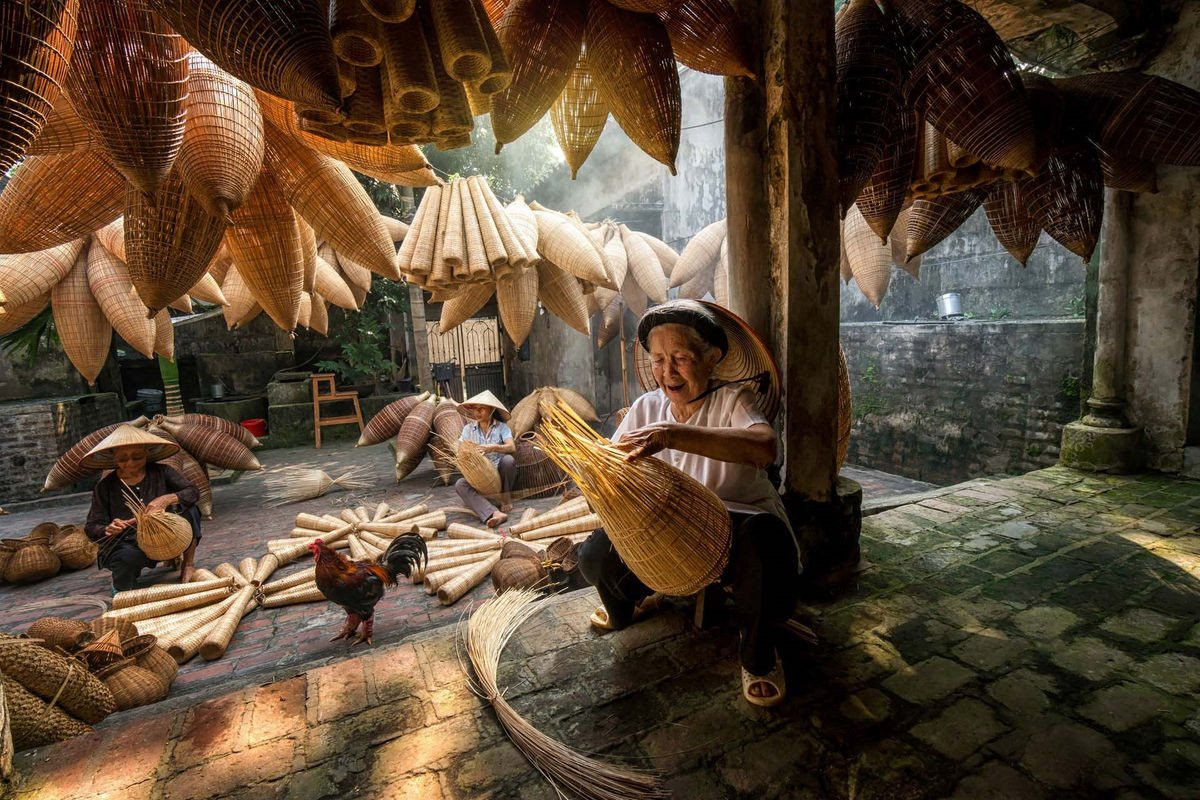
The Hanoi People's Committee has just issued a Decision on promulgating the List, roadmap and plan for environmental pollution treatment for craft villages in Hanoi until 2025, with a vision to 2030.
Accordingly, the issuance of the List aims to create a clear change in the development of comprehensive solutions for environmental pollution treatment to preserve, maintain and develop production activities in craft villages and traditional craft villages to meet environmental protection requirements according to current environmental protection laws.
The lists of occupations include: List of polluted craft villages that need to be treated, implementation roadmap until the end of 2025 and orientation to 2030; List of polluted craft villages with signs of decline that need to be treated and production restored; implementation roadmap until the end of 2025; List of craft villages that show signs of not being polluted, need to continue to control environmental quality; List of declining craft villages that need to be reviewed and proposed to be removed from the "List of recognition of craft village titles, traditional craft villages" of the City People's Committee, implementation roadmap until the end of 2023.
Hanoi sets a target that by the end of 2025, 100% of recognized craft villages in Hanoi will be assessed and classified according to regulations; 100% of recognized craft villages in Hanoi will meet environmental protection conditions.
By 2030, ensure that 100% of Hanoi's craft villages are recognized as fully meeting environmental protection conditions, thoroughly overcoming environmental pollution in craft villages in Hanoi.
The Hanoi People's Committee assigns the Department of Natural Resources and Environment as the focal agency responsible for organizing the implementation of this Decision; supervising and urging the Departments, Boards, Branches and People's Committees of districts, towns to organize the implementation to ensure the set progress.
According to the Hanoi Department of Natural Resources and Environment, in the period 2017-2020, the Department reviewed 315 craft villages, assessed and classified the pollution level of 293 operating craft villages.
The results showed that there were 139 craft villages with serious environmental pollution (accounting for 47.5%); 91 craft villages with pollution (accounting for 31%); 63 craft villages with no pollution (accounting for 21.5%).
Craft villages that cause pollution mainly belong to industries such as: handicrafts, agricultural and food processing, weaving, dyeing, recycling, and metalworking.
Source


![[Photo] Closing of the 13th Conference of the 13th Party Central Committee](https://vphoto.vietnam.vn/thumb/1200x675/vietnam/resource/IMAGE/2025/10/08/1759893763535_ndo_br_a3-bnd-2504-jpg.webp)


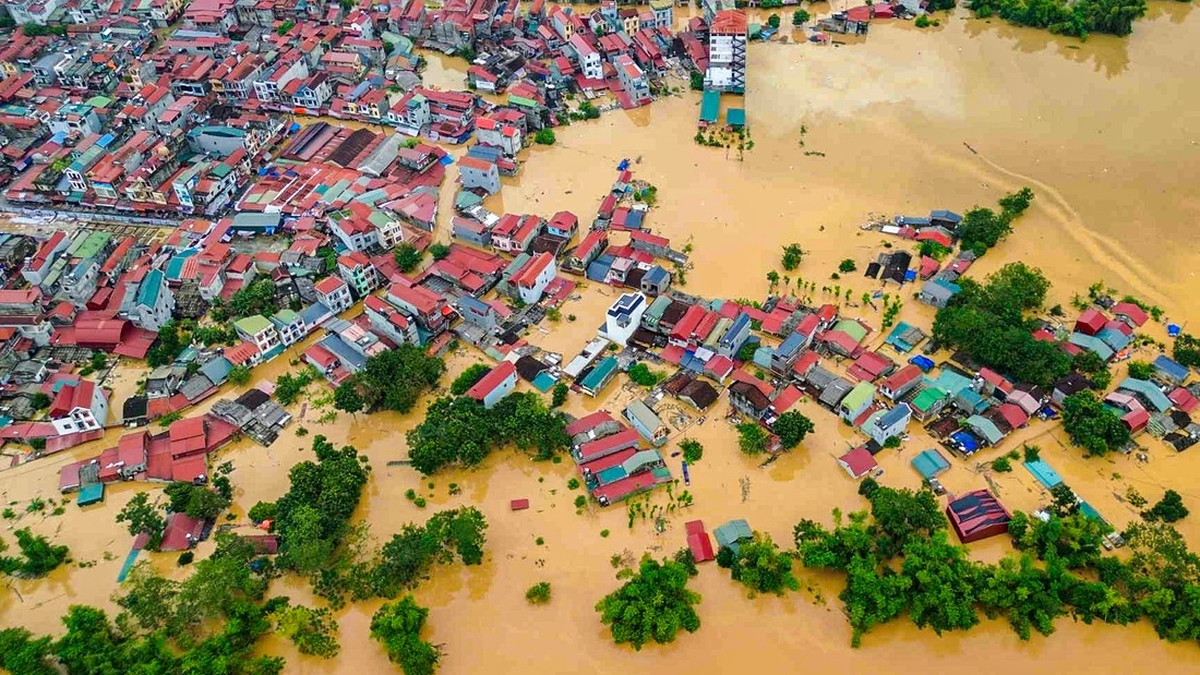




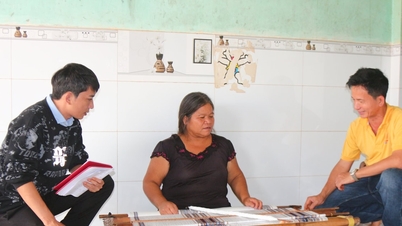

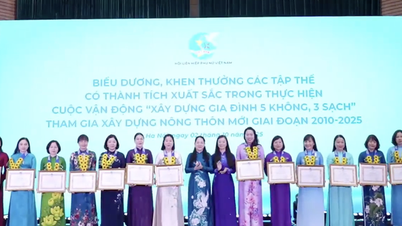

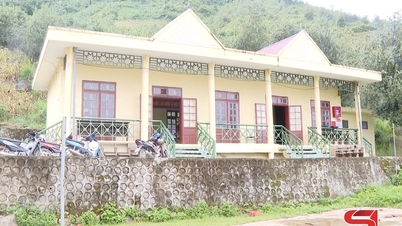



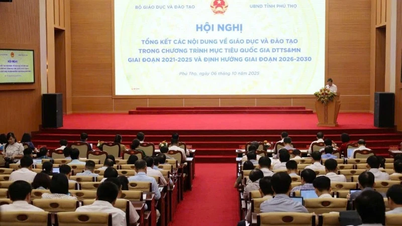

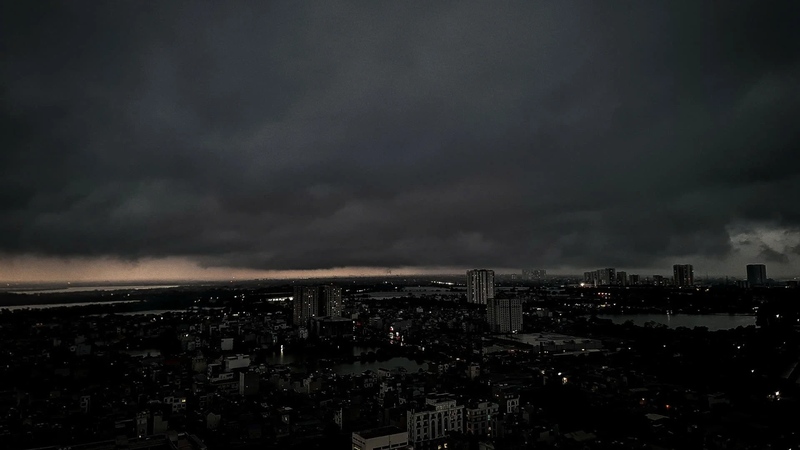

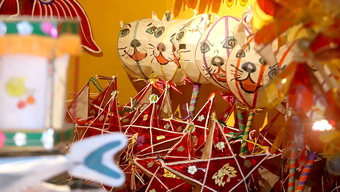





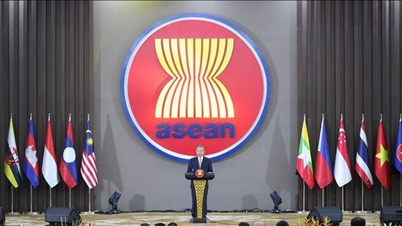



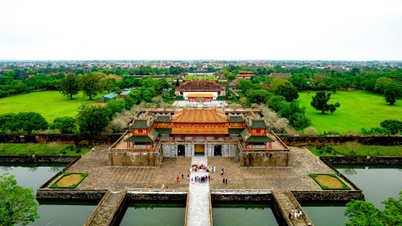

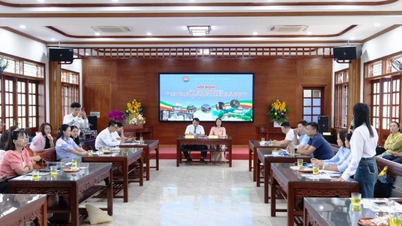






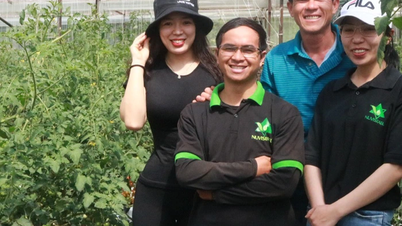









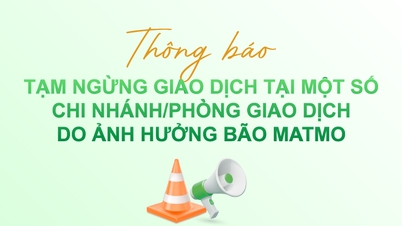

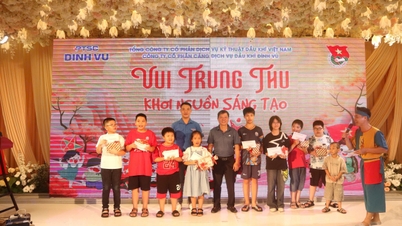

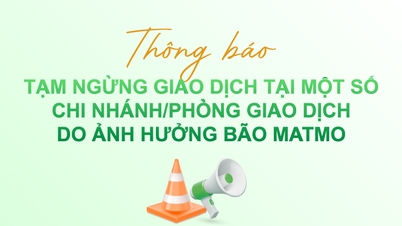











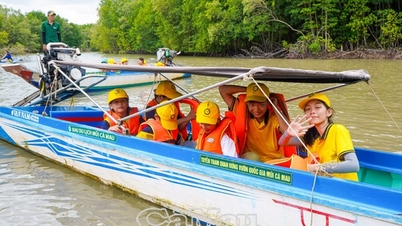







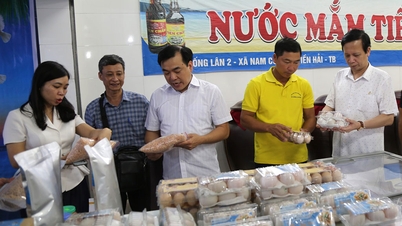

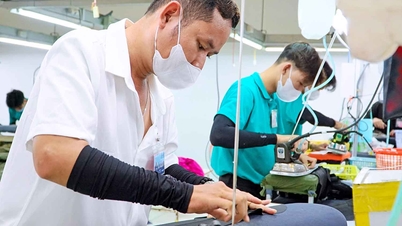
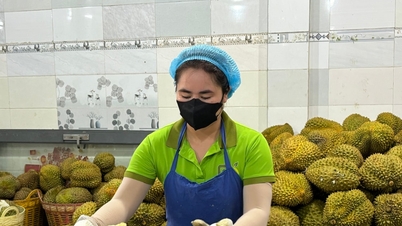


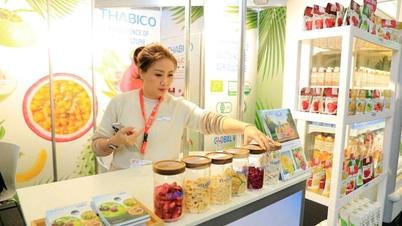

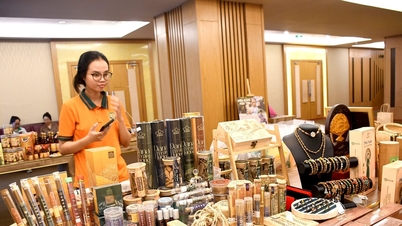







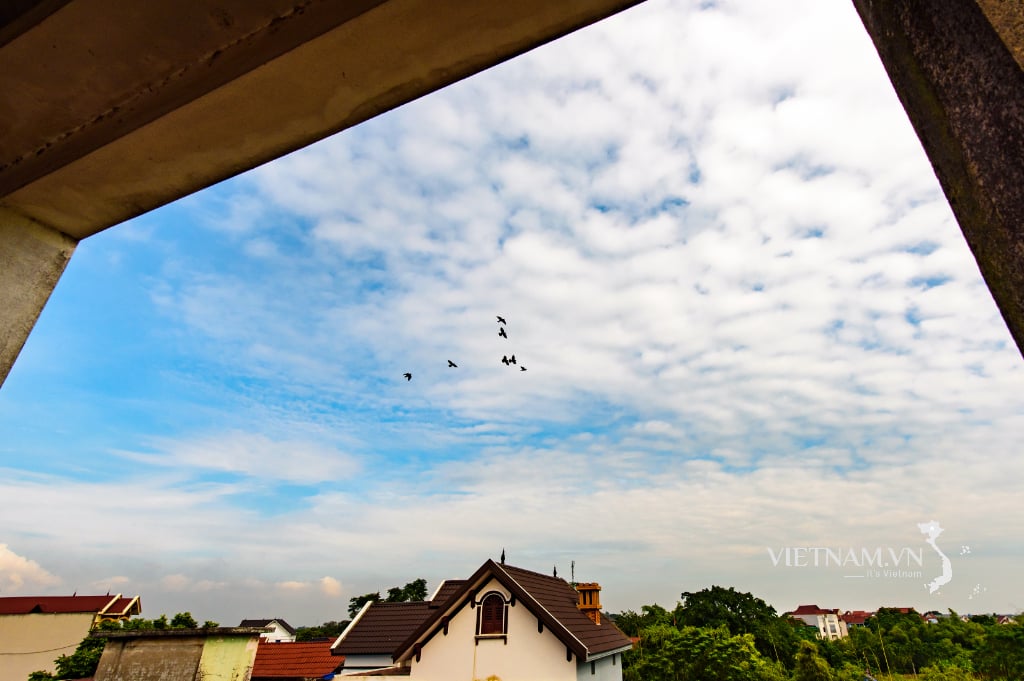


Comment (0)